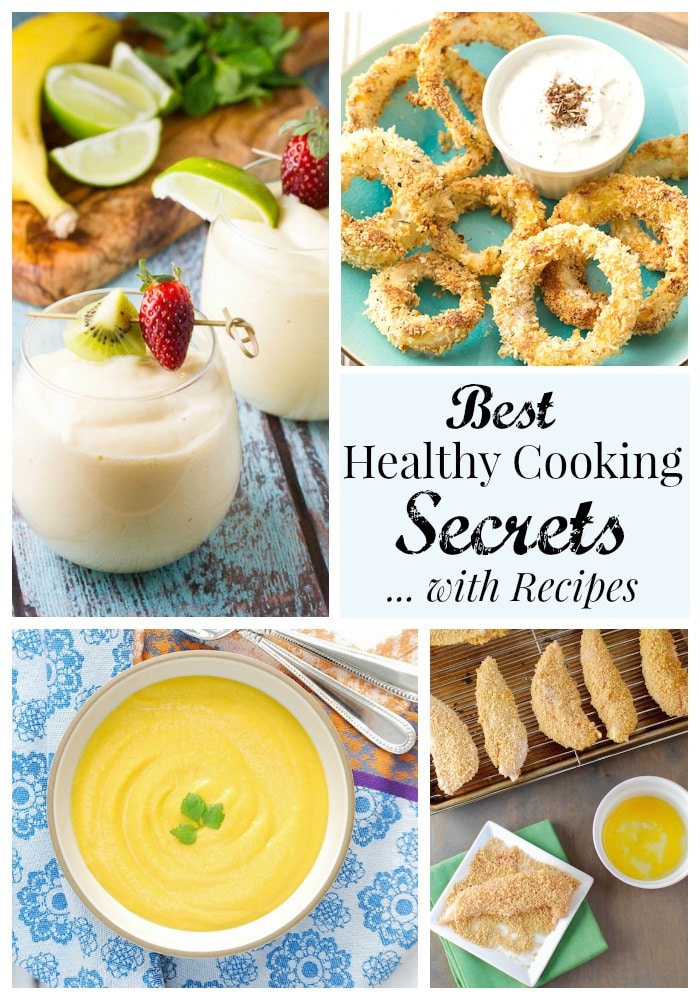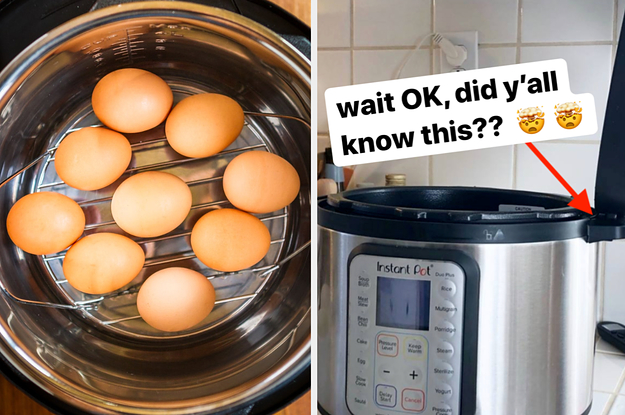
There are many factors that you should consider when choosing the right cooking oil for you. Toxic vapors and smoke can be produced by overheating oil, which can lead to undesirable effects such as bad taste, smell, and a lack of flavor. Some oils have a neutral taste and can be used to saute, roast, or fry. Others can make unhealthy chemical compounds when heated. The following table will help guide you in selecting the right oil according to your cooking needs.
Seed oils and nuts
Although mainstream nutrition experts aren't concerned with seed oils being unhealthy, many health professionals are now saying that they cause inflammation. This can lead to chronic diseases such heart disease, obesity, and other conditions. Joe Rogan, a nutrition researcher at University of California Berkeley, interviewed Paul Saladino for three hours. Cate Hanahan, however, called the most commonly used seed oils today the "hateful eighth."
Safflower oil
This guide will show you how to cook Safflower oils. Safflower oil is a great choice for high heat cooking because of its high smoke points. Safflower oil is a more smoke-friendly oil than most oils. It has a smoke point around 450°, which is higher than the average oil. That means that it's perfect for frying, sauteing, and roasting.
Peanut oil
Peanut oil can be used in cooking, but you might not know that peanut oil is good for your kitchen. Peanut oil is versatile, has a high smoke-point and is fairly neutral in flavor. However, you should keep in mind that peanut oil is not a substitute for vegetable oils. Before you start cooking with peanut oil, there are some important things you need to consider. Here, you will find out the benefits of peanut oil for cooking. This oil is not harmful to your health and will help you make wise choices when choosing it in your kitchen.

Sesame oil
Sesame oil has many benefits, and it is worth starting with its nutritional value. Sesame is rich in omega-3 fatty oils, vitamin E, as well as minerals. This versatile oil aids your body to make more vitamins and minerals. However, sesame oil is not recommended for deep frying, which can lead to undesirable effects.
411
Olive oil is something you might have heard of. Olive oil is a good source of monounsaturated fats and antioxidants. It can also withstand high heat. Olive oil can be used in baking but it is best to use at the end of cooking when delicate flavors are desired. Pair olive oil with citrus, coconut, chocolate and citrus flavors. Vegetable oil is the most commonly used cooking oil in commercial kitchens, and has a higher saturated fat content.
Canola oil
Canola is one of today's most commonly used cooking oils. The oil is very stable and is available at a low price - an average grocery store sells a small bottle for about $20. Canola oil has many advantages and disadvantages, just like any other oil. Here's how you can choose the right oil for your cooking needs. This oil is a secret weapon for many professional chefs.
Olive oil
The best olive oil should be chosen for cooking. Olive oil is stable at temperatures up to 420°F, but can easily be damaged by light. It has a similar aroma to rancid crayons. Olive oil should be kept in dark bottles away from heat, oxygen, and light. The bottle should be sealed tightly to preserve its quality.

FAQ
Are you able to cook by yourself?
You can learn to cook by yourself! The joy of cooking is something that everybody enjoys doing, no matter their skill level. Start cooking at home if you want to learn how to cook. Start small, such as making pancakes for breakfast and spaghetti sauce at dinner. You can learn the most by trying new recipes and making mistakes. You might even make some mistakes.
Cooking can take anywhere from a few hours to several months depending on the skill level. It's important to remember that cooking isn't just about following recipes. There are so many ways to prepare food.
Can I learn how to cook together with my children?
Yes! Children love to help in the kitchen. It's a fun activity which teaches children responsibility and teamwork. Children can help with everything from washing vegetables to chopping onions. If your children follow safe practices when handling knives, they will enjoy helping you cook.
Where can i buy quality kitchen equipment
Online shopping is a great way to purchase quality kitchen equipment. Many websites offer all types of kitchen equipment for purchase. Be sure to read customer reviews before you buy any kitchen equipment. Ask others who have used similar items if you would like to recommend them.
What's the best way to keep leftovers safe?
Tupperware containers are great for storing leftovers. These containers preserve food freshness and stop odors from developing. They also keep foods warm for longer. Remaining food can be frozen in freezer bag. Place food in another freezer bag to prevent air escape when freezing. Once the food has been frozen, transfer it into an airtight container such as a zip lock bag.
Statistics
External Links
How To
How to cook a steak
The thickness of the meat determines the best cooking method. For example, thinner steaks are best cooked over low heat, while thicker ones need higher temperatures.
It's important to not overcook the steaks as they will lose their taste. And remember always to remove the steak from the pan when it's done - this way, you won't burn yourself.
Cooking time will depend on the size of your steak and the desired level of doneness. Here are some general guidelines:
Medium Rare: Cook to medium rare. This means that the internal temperature should reach 145degF (63degC). This takes between 3 and 5 minutes per side.
Medium: Cook until medium, which means the internal temp reaches 160degF (71degC). This typically takes 6 minutes per side.
Cook well until done. That means that the internal temp reaches 180degF (82degC). This takes between 8 and 12 minutes per side.